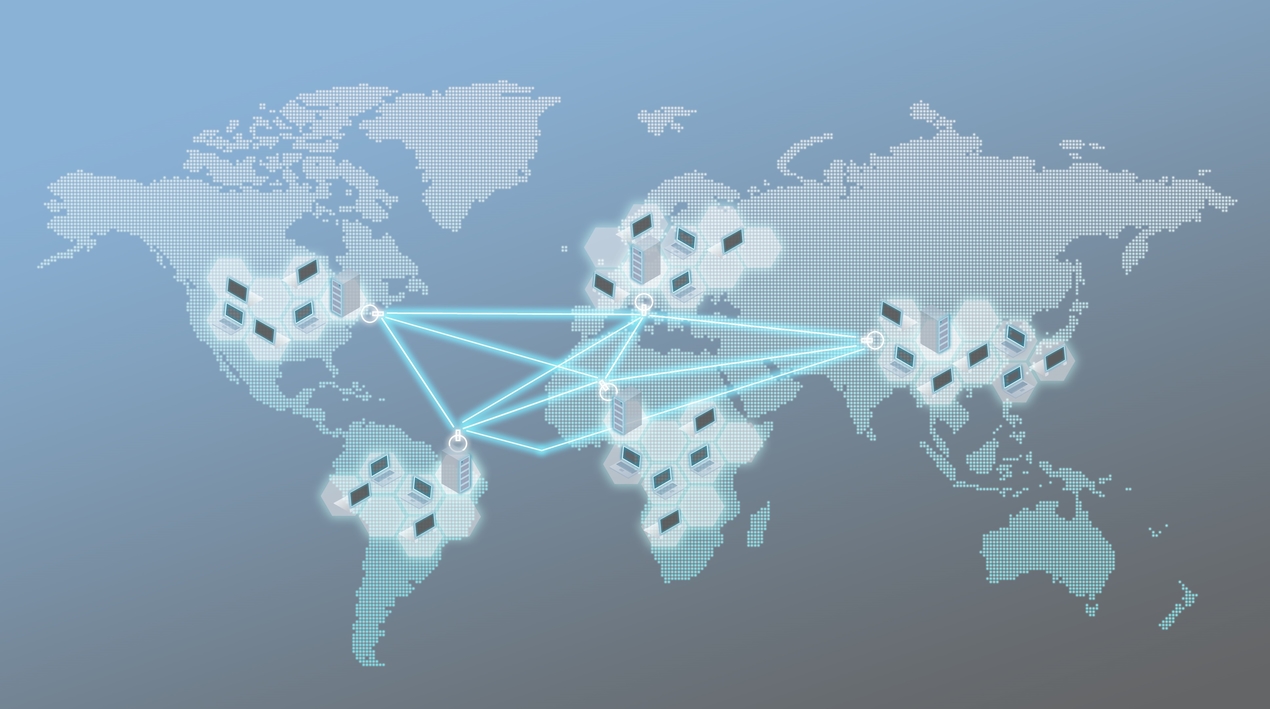
The Centre for Development of Telematics (C-DOT) is committed to building robust partnerships within the 5G ecosystem with a range of stakeholders including local industry and start-ups. C-DOT has continued to emphasise the evolution of a coordinated collaborative framework that supports multiple providers and promotes healthy competition amongst key 5G players in an output-driven and target-oriented environment.
Broadband, especially mobile broadband, has become an integral part of life. Its adoption was accelerated through the rapid expansion of 4G services across the country since 2015. Currently, 800 million subscribers have broadband access, compared to 100 million subscribers in 2014. According to a press release, through policy initiatives, the government has been able to give citizens access to mobile banking, online education, and telemedicine, among others.
Dr Rajkumar Upadhyay, Executive Director, C-DOT highlighted the vision of PM GatiShakti as it harnesses the country’s technological potential. This is done by creating an environment for the creation of path-breaking initiatives by local R&D, industry and start-ups. He underscored the importance of achieving synergy among various participants of the technology ecosystem to spur novel innovation and competitive spirit leading to the development of holistic indigenous solutions expeditiously.
He expressed confidence in emerging partnerships between R&D and industry in enabling the proliferation of indigenous 5G across the country and emphasised that effective collaborations would bring Indian products and solutions to the international market.
C-DOT is the premier Research and Development (R&D) centre of the Department of Telecommunications, Ministry of Communications, Government of India. C-DOT has overseen the design and development of a host of telecom software applications such as optical, switching and routing, wireless and security. Further to developing an indigenous 4G solution, C-DOT now focuses its attention on 5G.
This month, C-DOT signed an agreement for collaboration in the area of Open RAN-based Radio Network for 5G solution. The collaboration will leverage the complementary strengths of Telecom R&D and private industry to speed the indigenous design, development and deployment of end-to-end 5G solutions that would be mutually beneficial to all stakeholders. Further, the partnership will go a long way to strengthen indigenous Intellectual Property as well as facilitate wider adoption and monetisation of national 5G products and solutions.
Earlier, Union Railways, Communications, Electronics and Information Technology Minister Ashwini Vaishnaw said that at the current pace, he was confident that the deployment of 5G will begin in at least 20-25 cities and towns by the end of 2022. He revealed that India currently has the lowest price for data across the globe and that the price “is at least 10 times cheaper than what other countries are offering”.
In related developments, OpenGov Asia reported on the upcoming 5G spectrum auctions in July 2022. Digital connectivity has been an important part of the government’s policy initiatives through programmes like Digital India, Startup India and Make in India.
A total of 72097.85 MHz of spectrum with a validity period of 20 years will be put to auction by the end of July this year. The auction will be held for spectrum in various low (600 MHz, 700 MHz, 800 MHz, 900 MHz, 1800 MHz, 2100 MHz, 2300 MHz), mid (3300 MHz), and high (26 GHz) frequency bands.
The government announced that, in a first, there will be no mandatory requirement to make upfront payments by bidders. Payments for the spectrum can be made in 20 equal annual instalments to be paid in advance at the beginning of each year. This is expected to significantly ease cash flow requirements and lower the cost of doing business in this sector.
To meet the backhaul demand, the government has decided to provisionally allot two carriers of 250 MHz each in E-band to telecom service providers. The government also decided to double the number of traditional Microwave backhaul carriers in the existing frequency bands of 13, 15, 18, and 21 GHz bands.
















